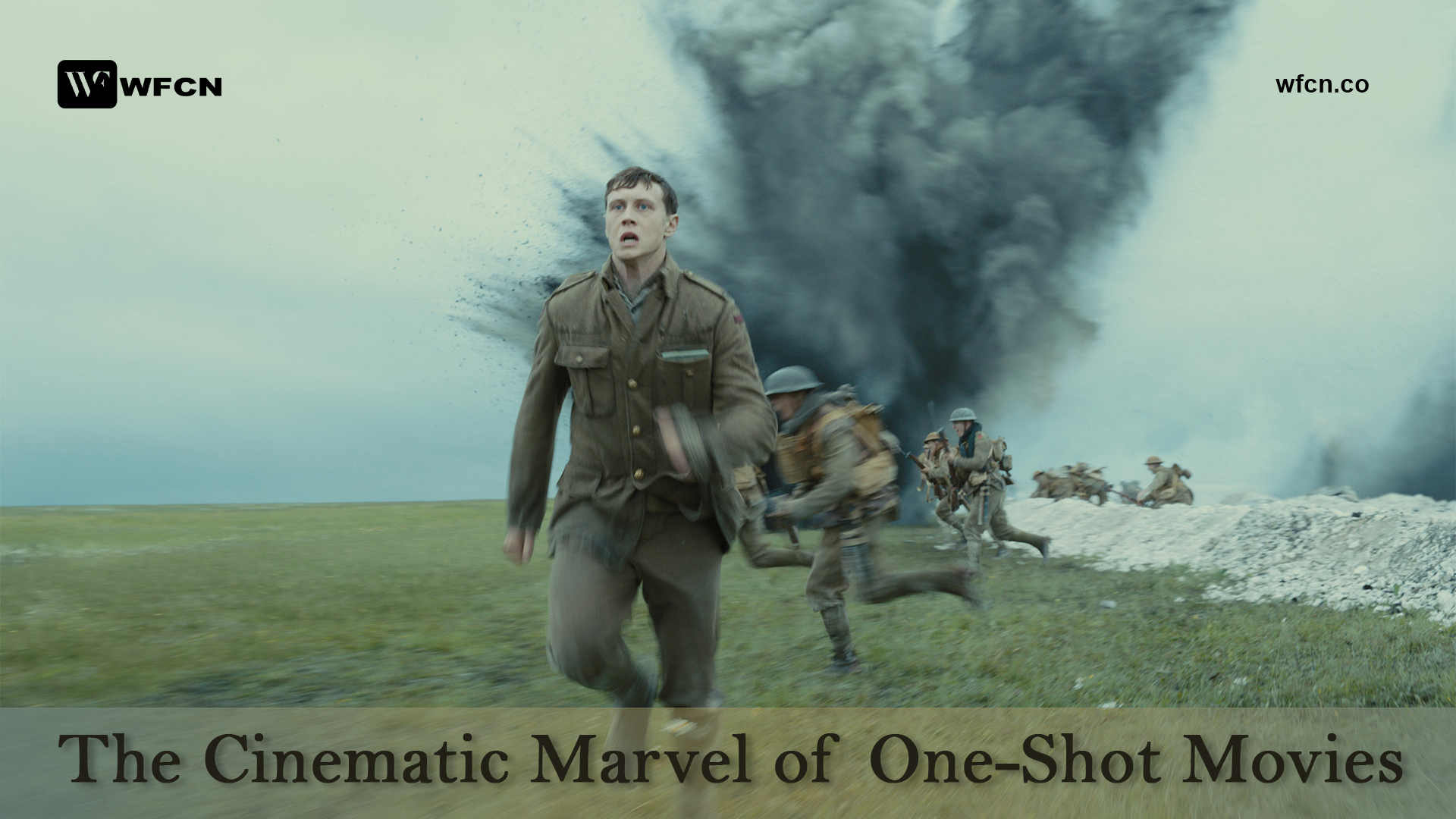The Cinematic Marvel of One-Shot Movies
Definition of One Shot Film:
A one-shot film (also known as a single-take film or a continuous shot feature film) is a full-length film shot in one long take using a single camera, or created to give the idea that it was shot in one long take.
In the world of filmmaking, innovation knows no bounds. As technology advances and artistic vision continues to push boundaries, filmmakers are constantly seeking new ways to captivate audiences and tell powerful stories. Among these artistic endeavors, the one-shot movie has emerged as a truly mesmerizing form of cinematic storytelling. A one-shot movie, as the name suggests, is a film composed of a single continuous shot, with no cuts or edits. This unique and challenging approach to filmmaking has gained considerable attention in recent years, pushing the boundaries of what we thought was possible in the world of cinema.
The Pioneers of the One-Shot Films:
Before diving into the recent resurgence of one-shot movies, it's important to acknowledge the pioneers who paved the way for this captivating art form. Alfred Hitchcock, the legendary director, took a significant step in this direction with his 1948 film, "Rope." Though "Rope" is not a true one-shot movie, it was made to look like one continuous shot by using hidden cuts. Nevertheless, it marked a groundbreaking exploration of the possibilities of this technique.
In recent years, the one-shot movie has experienced a revival, with filmmakers such as Alejandro González Iñárritu, Emmanuel Lubezki, and their outstanding work on "Birdman” (2014) grabbing the attention of both critics and audiences alike. Birdman took the concept of a one-shot movie to new heights, using the seamless flow of a single shot to create an immersive experience that mirrors the protagonist's emotional journey.
Although animated films are not included in a list of one-shot films, The Wolf House (2018) is a deconstructed example of (stop-motion) animated film that presented in a form of single, unbroken shot sequence.
After the early innovators, there are several remarkable instances of genuine one-shot movies, including "Victoria" by Sebastian Schipper, "The Silent House" by Gustavo Hernandez, "Lost in London" by Woody Harrelson, Bela Tarr's "Macbeth," which boasts a single shot lasting 57 minutes, as well as Mike Figgis's "Time Code," Alexander Sokurov's "Russian Ark," and numerous others.
The Immersive Experience of One Shot Movie:
One-shot movies have the unique ability to draw viewers into the film's world in a way that traditional films with numerous cuts and edits cannot. By removing the boundary between scenes, viewers become engrossed in the unfolding drama, almost as if they are watching a live performance. The unbroken sequence creates a sense of immediacy and intimacy that intensifies the emotional impact of the story.
In "Birdman," for example, the one-shot technique puts the audience in the shoes of Riggan Thomson, the washed-up actor played by Michael Keaton. We follow him through the labyrinthine corridors of a Broadway theater, sharing his anxieties and triumphs in real time. This immersive experience allows us to connect deeply with the character, experiencing every moment of his journey as it unfolds.
A Technological Feat:
The art of crafting a one-shot movie is a technical marvel. Filmmakers and their teams must coordinate meticulously to ensure that everything, from camera movement to lighting, sound, and the performances of the actors, goes off without a hitch. One small mistake could force a reshoot of the entire sequence, making the process exceptionally challenging and demanding.
The masterful cinematography required for one-shot movies is another standout feature. Cinematographers like Emmanuel Lubezki are integral to the success of such films. Their ability to seamlessly navigate through the story's various settings, often in tight spaces and with complex camera movements, is nothing short of extraordinary. These films require extensive planning and choreography to maintain the illusion of a single take.
A Showcase of Skill:
One-shot movies are a testament to the incredible skills of both the cast and crew. Actors must deliver lengthy and complex performances without any room for error, and they often carry the film on their shoulders for an extended period. This level of commitment and precision is an opportunity for actors to showcase their talents in a way that traditional filmmaking seldom allows.
Filmmakers, too, must exhibit unparalleled expertise in storytelling and direction. They need to craft narratives that lend themselves to the one-shot format, and they must carefully consider how to utilize the single take to its maximum potential.
Challenges and Limitations:
While the one-shot movie offers an exhilarating and immersive cinematic experience, it is not without its challenges. The most obvious one is the risk of errors during the take. A single mistake can necessitate a complete restart of the sequence, which can be incredibly time-consuming and costly. Additionally, because the filmmakers are bound by the constraints of a single continuous shot, there is limited room for experimentation and improvisation.





